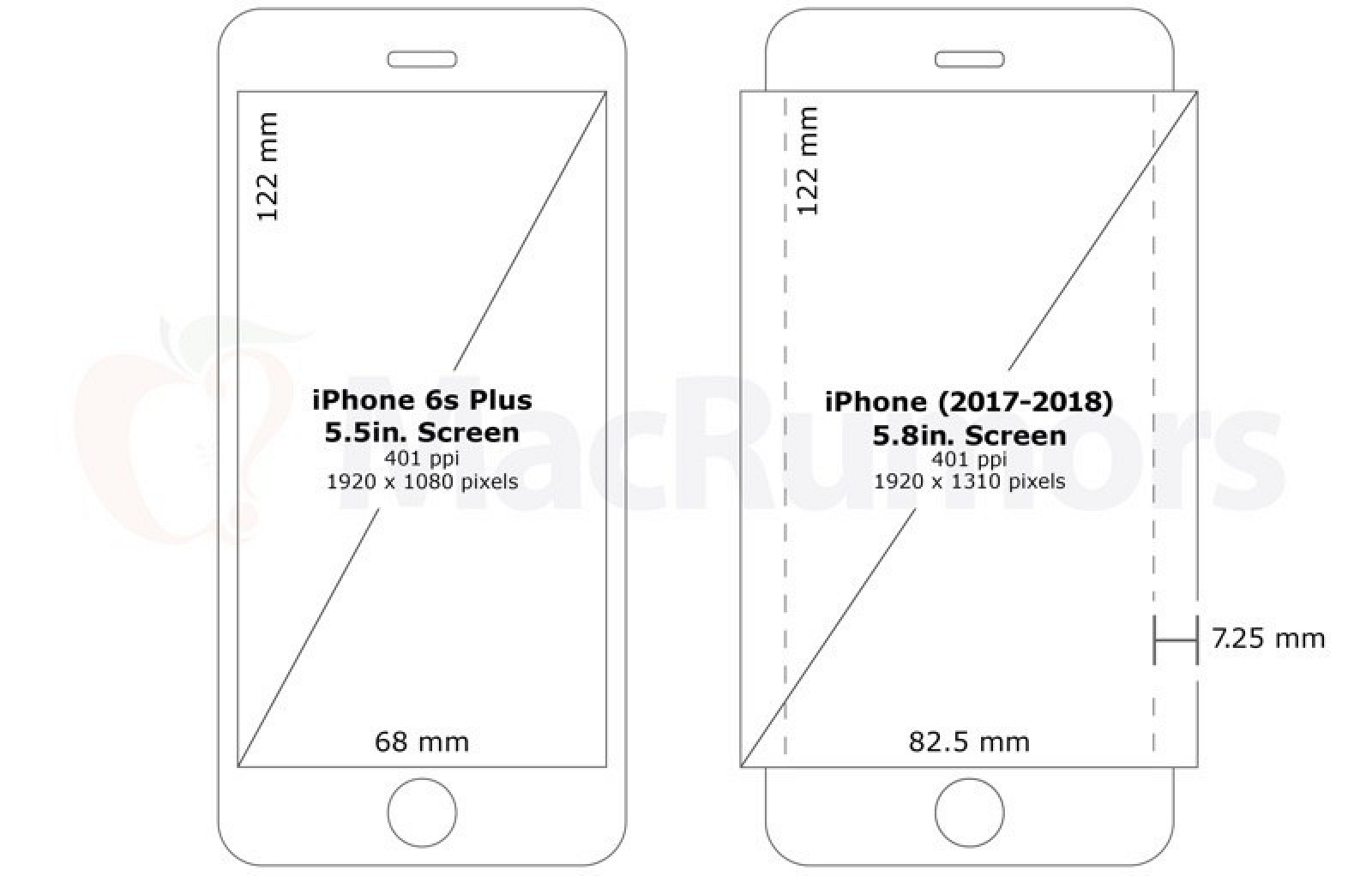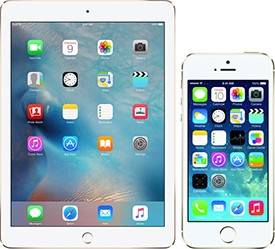iPhone 8
Apple's iPhone 8 is coming in the fall of 2017.
Source: MacRumors.com
AT A GLANCE
- Apple has a major iPhone redesign planned for 2017, with a glass body and edge-to-edge OLED display that includes an integrated Touch ID fingerprint sensor and front-facing camera. The new iPhone may be sold alongside upgraded (but standard) 4.7 and 5.5-inch iPhones.

Apple's iPhone 8 - Coming in 2017
RELATED
- Apple's iPhone 8 - Coming in 2017
- Naming and Design
- Display, Processor and Wireless Charging
- Other Features - Biometrics - Taptic Engine - Cameras
- Release Date and Beyond the iPhone 8
2017 will mark the 10th anniversary of the iPhone and Apple has something major planned to celebrate the occasion. We're more than a year away from the launch of the iPhone 8, but because of Apple's ambitious plans for the device, there are already an abundance of rumors hinting at the impressive features coming in the 2017 iPhone.
Apple is rumored to be testing more than 10 prototype iPhone models, so it's not entirely clear what we're going to see, and because there are so many test devices in play, rumors are also conflicting and murky at this time.
Rumors suggest it's going to be a radical redesign, with an edge-to-edge display that does away with the top and bottom bezels where features like the Touch ID fingerprint sensor and the front-facing camera are housed. Instead, Touch ID and the camera may be built directly into the display, meaning there will be no Home button. Jony Ive has wanted to introduce an iPhone that looks like a single sheet of glass for several years, and glass is also necessary if Apple wants to introduce wireless charging.
With an edge-to-edge design, the display would take up the entire front of the iPhone, but it isn't clear if the display will grow to fit the iPhone or the iPhone will be shrunken down to fit the display (rumors suggest Apple will use a 5.5-inch or larger display). The display itself is said to be flexible plastic OLED rather than an LCD, allowing Apple to introduce a thinner device that consumes less power and offers a better display with higher contrast ratio and more true to life colors. It may also feature edges that are curved on both sides like the Samsung Galaxy S7, but rumors are unclear on this point. Should the display have curved edges, the edges could respond to touch gestures.
As for the body, rumors suggest Apple is finally going to move away from the aluminum used in the iPhone 5, 5s, 6, 6s, and SE, instead re-adopting a glass body that's similar to the body that was used in the iPhone 4. At least one iPhone model coming in 2017 will use a glass body, according to Apple supplier Catcher Technology, and according to analyst Ming-Chi Kuo, the glass will be built around an aluminum or stainless steel frame.

Inside, the iPhone 8 is expected to have a 10-nanometer A11 chip that will be both faster and more efficient, plus rumors suggest it could also include features like long-range wireless charging and biometric additions like iris or facial scanning. In higher-end models with a dual-lens camera, both lenses are expected to feature optical image stabilization.
Apple is said to be planning to position the OLED iPhone 8 as a "Premium" model that will perhaps be sold alongside standard flat display 4.7, 5, and 5.5-inch iPhone models, but it is unclear exactly what sizes will be available, which configurations will be sold, and which materials devices will be made out of.
Rumors have suggested everything from 4.7 inches to 5.8 inches, and there is some confusion over whether all of the models will have a curved screen. Most rumors seem to agree that only one higher-end model will feature an OLED display.
The majority of the rumors point towards a total of three glass-bodied devices, one of which is equipped with an OLED display, but there is one rumor that suggests Apple will introduce 5.5 and 4.7-inch phones with an aluminum body and a design that's largely unchanged from the iPhone 7, except for a red color option.
The iPhone 8 is still under development and will likely launch in the fall of 2017, and in the months ahead of its launch, we'll undoubtedly learn more about the specs of the device. In 2016, Apple is expected to release the iPhone 7, a device with more modest design changes.
Next: iPhone 8 Rumours Rumours - Naming and Design





 Apple's next-generation 4-inch iPhone is more likely to include variants of the A9 and M9 motion coprocessor chips, allowing for always-on Hey Siri, according to
Apple's next-generation 4-inch iPhone is more likely to include variants of the A9 and M9 motion coprocessor chips, allowing for always-on Hey Siri, according to  Apple is planning to begin selling the upcoming
Apple is planning to begin selling the upcoming